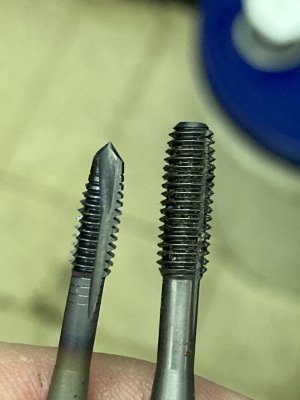Adeleandre
Well-known member
Hello,
I looked at Rockauto and they sell valve guides for the 223. When I look at the Fordification technical drawings, I don't see any?? is this an improvement that can be made or am I not understanding everything ?
I also found the valve seats but they sell them in standard and repair sizes only for exhaust, can you confirm the standard sizes for exhaust 1 3/8 and inlet 1 5/8?
They also sell seats for cast iron cylinder heads? I didn't know the 223 had cast iron heads ?
Thanks !
I looked at Rockauto and they sell valve guides for the 223. When I look at the Fordification technical drawings, I don't see any?? is this an improvement that can be made or am I not understanding everything ?
I also found the valve seats but they sell them in standard and repair sizes only for exhaust, can you confirm the standard sizes for exhaust 1 3/8 and inlet 1 5/8?
They also sell seats for cast iron cylinder heads? I didn't know the 223 had cast iron heads ?
Thanks !

